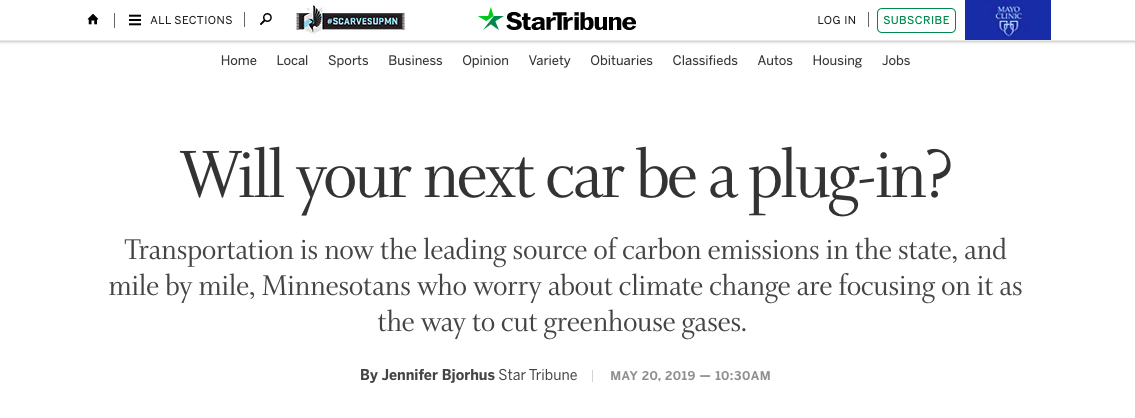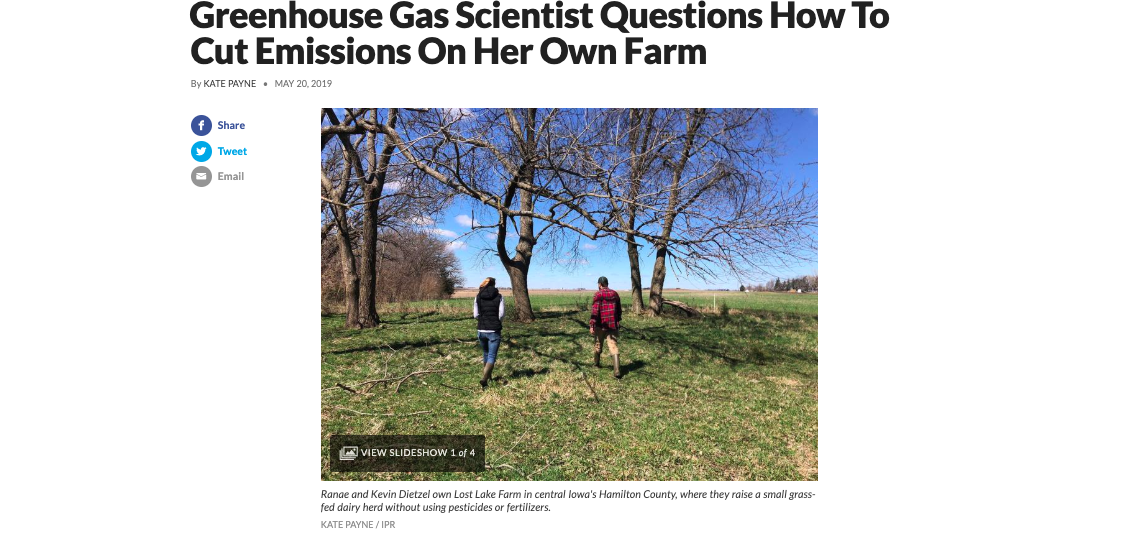The environment beat was one Jennifer Bjorhus always wanted, and one that rarely opened up. So when veteran reporter Josephine Marcotty retired from the Minneapolis Star Tribune near the end of last year, Bjorhus’ dream beat became her real beat.
She found one way to shift from covering criminal justice to the environment in Nashville. Earlier this year, Pulitzer-winning InsideClimate News hosted a two-day workshop for journalists in the Midwest.
The first day featured speakers and sources, while the second day offered time for brainstorming ideas. One idea the group had, said InsideClimate News’ executive editor Stacy Feldman, was to work together.
Related: 4 guidelines for writing about climate change
The results published near the end of May, when 14 newsrooms in nine states produced their own projects on climate change, focusing on transportation, agriculture and the electric grid. For Bjorhus, the collaboration was a reminder of the importance of taking a few steps back to ask big questions.
“Unfortunately, those questions get missed in the day-to-day crush of news.”

Screenshot, Minneapolis Star Tribune
Last year, InsideClimate News created the National Environment Reporting Network. ICN now has two regional reporters: one in the Southeast and one in the Midwest.
“We’re trying to engage and create more energy and climate change journalism locally,” said Feldman. “Can we help an entire region take a step up on covering these issues? Can we serve a whole journalism ecosystem?”
Want more on the transformation of local news? Sign up for our weekly newsletter, Local Edition.
Dan Gearino, the ICN’s Midwest reporter based in Columbus, Ohio, works to cover the Midwest and to find ways to collaborate with other Midwestern reporters. He led the collaboration between the 14 local newsrooms, communicating through a shared Slack group and video conferencing.
The process for creating the project was decentralized, Gearino said, and took about two months. Each reporter selected a topic that was right for his or her community and worked independently to get it out.
“It certainly was not us saying ‘This is what you’re gonna cover,’” he said.

Screenshot, Iowa Public Radio
Among the results: a look at one farmer’s efforts to lower greenhouse gas emissions, from Harvest Public Media in Kansas City; an Indiana church’s green housing initiative, from the Indiana Environmental Reporter; and an Ohio university’s project to create micro-farms in urban food deserts, from Ohio’s Ideastream.
For Bjorhus, the collaboration part of the project was painless. ICN set deadlines, helped develop ideas and shepherded the process, Feldman said, in what was a first for that newsroom — collaborating on everything but the final editorial product.
But the goal is to be a catalyst for other newsrooms to cover climate change, “so we gave up control in many ways of what the product looked like,” Feldman said. “We wanted to just support the reporters in what it is that they wanted to do.”
Each newsroom tackled the story that made sense for its community, looking for specific problems and solutions.
“I think the result is that they helped to spark a conversation that maybe wasn’t there before,” Feldman said.
For ICN, the next big question is how can it harness that energy and produce more and better collaborations, Gearino said. There’s a real opportunity for climate change coverage right now as it emerges as a central issue in politics, Feldman said.
“At the same time, the science underpinning the call for climate change solutions is more clear than ever before.”
Readers need to understand what’s happening where they live, what they can do and what solutions look like.
“That’s our job as journalists, right?” Feldman said. “It’s to tell the truth and spark conversation. Perhaps no issue is more important than climate change.”







